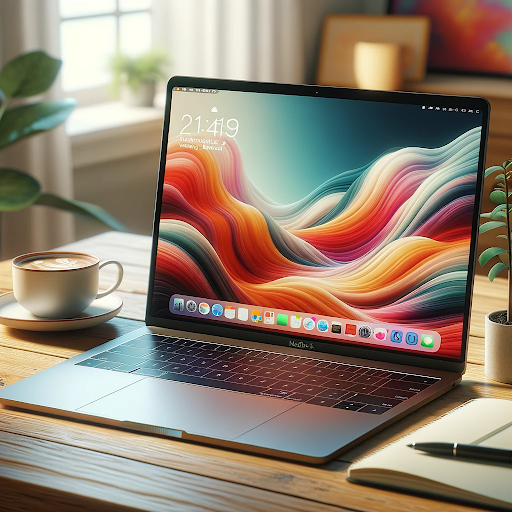When it comes to cooking and baking, precise measurements are crucial for achieving the best results. One common question that arises in kitchens everywhere is: "How many ounces are in a cup?" The answer, while seemingly straightforward, can vary depending on the substance being measured. This article will delve into the details of measuring cups and ounces, explaining both fluid ounces for liquids and ounces by weight for dry ingredients.
Fluid Ounces vs. Dry Ounces
First and foremost, it's important to distinguish between fluid ounces and dry ounces:
- Fluid ounces (fl oz) are a measure of volume, typically used for liquids.
- Dry ounces (oz) are a measure of weight, used for dry ingredients like flour and sugar.
Fluid Ounces in a Cup
In the United States, the standard measurement for a cup is 8 fluid ounces. This is consistent across all liquid ingredients. For example:
- 1 cup of water = 8 fluid ounces
- 1 cup of milk = 8 fluid ounces
- 1 cup of oil = 8 fluid ounces
This measurement is straightforward and does not change regardless of the liquid being measured.
Dry Ounces in a Cup
Measuring dry ingredients is slightly more complex, as different ingredients weigh different amounts. A cup of flour does not weigh the same as a cup of sugar. Here are some examples to illustrate:
- 1 cup of all-purpose flour weighs approximately 4.25 ounces.
- 1 cup of granulated sugar weighs about 7 ounces.
- 1 cup of chocolate chips weighs around 6 ounces.
These weights can vary slightly based on factors such as humidity and how tightly packed the ingredient is.
Why Precision Matters
Precision in measuring ingredients is critical, especially in baking, where the chemistry of ingredients can be sensitive to changes in quantity. Using too much or too little of an ingredient can drastically alter the texture, taste, and appearance of the final product. Therefore, understanding and using the correct measurements is essential for success.
Measuring Techniques
- Liquids: Use a clear, graduated liquid measuring cup. Place it on a flat surface and read the measurement at eye level for accuracy.
- Dry Ingredients: Use a set of dry measuring cups. Spoon the ingredient into the cup and level it off with a straight edge, such as a knife, to ensure an accurate measurement.
For quick reference, here is a basic conversion chart for fluid ounces to cups:
- 1/4 cup = 2 fluid ounces
- 1/3 cup = 2.67 fluid ounces
- 1/2 cup = 4 fluid ounces
- 3/4 cup = 6 fluid ounces
- 1 cup = 8 fluid ounces
Conclusion
Understanding the difference between fluid ounces and dry ounces, and knowing how many ounces are in a cup, is fundamental for anyone who cooks or bakes. By using the correct measuring tools and techniques, you can ensure your recipes turn out perfectly every time. Remember, precision is key in the kitchen, and accurate measurements are a major part of that precision.































